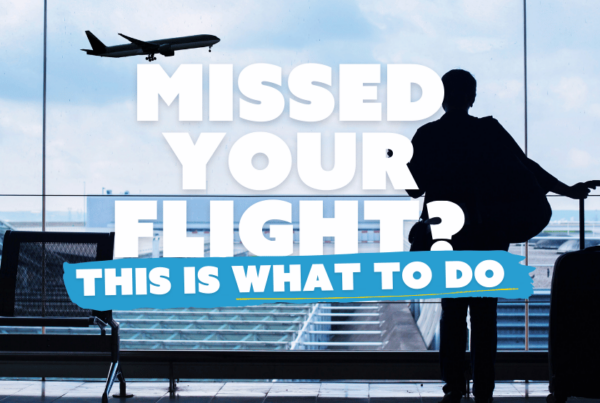All UK airports enforce restrictions on what you’re allowed to carry in your hand luggage. It’s important to pack with these restrictions in mind to avoid delays and frustration at the outset of your trip.
You should also check whether your airline has any restrictions on hand luggage. For example, there might be limits on the number or size of the bags you can take on. These restrictions may also differ depending on whether you’re travelling in first class, business class or economy.
While you’re checking out the hand luggage rules, read up on the baggage policies for long haul flights. Then search for cheap flights for your next getaway.
[social_buttons facebook=”true” twitter=”true” google_plus=”true” linkedin=”true”]




